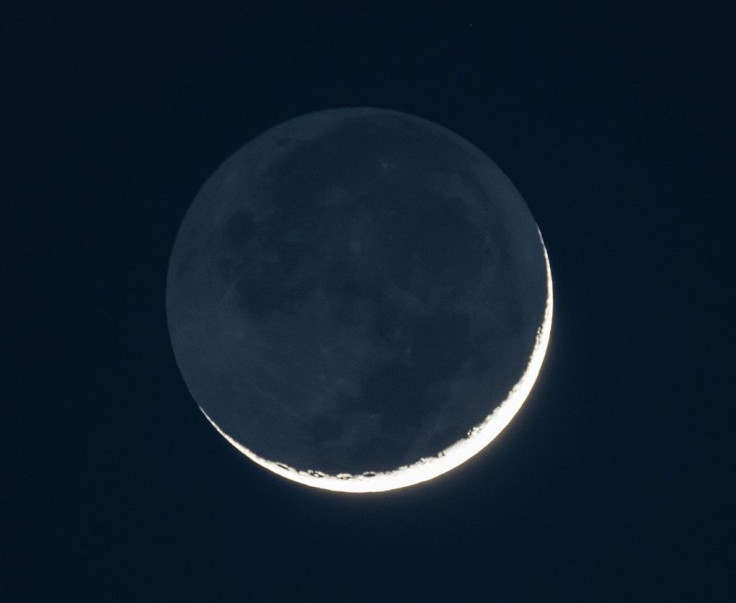What Is The Da Vinci Glow? Don't Miss The Lunar Phenomenon This Month
KEY POINTS
- Leonardo Da Vinci was the one who essentially figured the phenomenon out
- The earthshine will be visible early on Wednesday and again next week
- Skywatchers may also catch a glimpse of Jupiter early on Wednesday
Skywatchers and casual observers alike may want to take the time to look up at the sky this week, as they may catch a glimpse of the iridescent Da Vinci glow.
The crescent moon is nice to look at. It's quite special in that one can see just a sliver of the moon's bright light, while the rest remains in darkness. But there are times during the crescent moon when the rest of the moon remains visible. When this happens, the bright crescent shape shines brightly, while the rest of the moon is also visible albeit in a rather pale, ghostly way.
This is what's known as the earthshine, otherwise known as the Da Vinci glow. And this week, skywatchers will have a chance to catch a glimpse of this lovely view.
The reason it's known as the Da Vinci glow is that it was actually world-renowned renaissance man Leonardo Da Vinci who essentially solved the mystery of this glow at a time when people didn't even know that the Earth orbited the Sun, NASA explained.
Although his explanation had a few holes, like when he thought the glow was due to the sunlight bouncing off of our oceans and onto the Moon's oceans, he was correct in his supposition that the glow was due to light bouncing off the Earth and onto the Moon. Except that, as we know now, there are no oceans on the Moon, and the glow on the Moon bounces off of the Earth's clouds, not its oceans. In fact, looking at the Earth from space, the oceans are actually rather dark, NASA noted.
This phenomenon is visible a few days before and after a New Moon, shortly before sunrise or after sunset, TimeandDate explained. The New Moon will be on Friday this month, so skywatchers may catch a glimpse of it about an hour before the Sun rises on Wednesday, according to LiveScience.
And as they watch its lovely glow, they may also keep an eye out for Jupiter, which will be close by, making it worth waking up a bit earlier than usual.
On May 17, for much of the U.S. and Canada the slim crescent Moon will rise about an hour before the Sun, with Jupiter very close by. From some Southern U.S. states, observers will be able to see Jupiter pass behind the Moon https://t.co/zTQyAJjztg
— NASA Solar System (@NASASolarSystem) May 16, 2023
Although the Moon will not be visible for a few days after Wednesday because of the New Moon, there will be other good chances to see the Da Vinci glow just a few days later on Sunday (May 21), Monday and Tuesday, as per LiveScience. This time, however, skywatchers won't need to wake up early because it will be visible an hour after sunset.
This year, the days before and after the New Moons in April and May are said to be the "best" times to see the phenomenon, as per TimeandDate, so skywatchers may not want to miss these chances. They may use binoculars or a telescope, but the spectacle can be seen and adored even with just the naked eye.

© Copyright IBTimes 2024. All rights reserved.






















